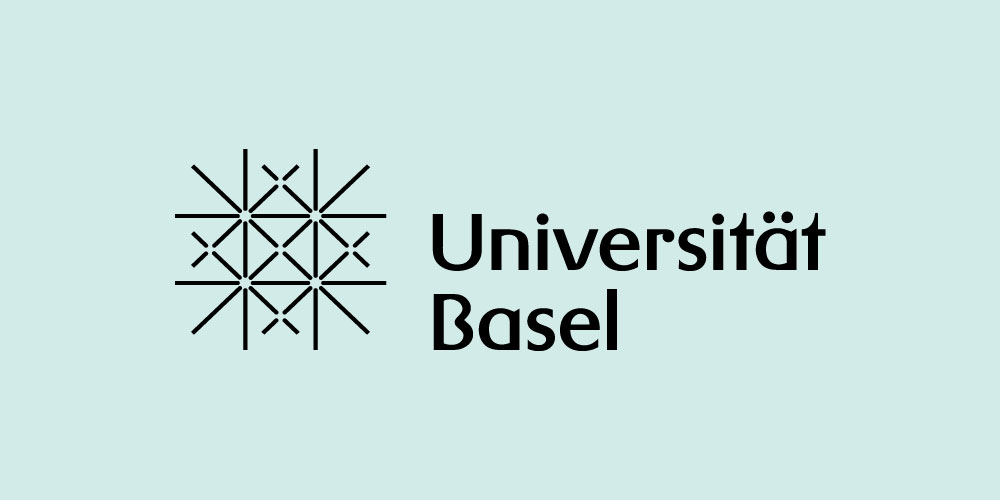About AIM
Research Institutes
Alan Alda Center for Communicating Science at Stony Brook University
The Alan Alda Center emerged in 2009 as a collaboration between Hollywood icon Alan Alda, Stony Brook University, Brookhaven National Laboratory, and Cold Spring Harbor Laboratory. Researchers at the center are focused on improving scientific understanding through research, education, and training founded on applied improvisation principles.
International Institute for Critical Studies in Improvisation
Hosted by the University of Guelph in Ontario, this institute conducts vital research into the widespread benefits of improvisation as a tool for social change. The pillars of the institute’s research are Improvisation, Intermediality, and Experimental Technologies; Improvisation as Practice-Based Research; and Improvisation for Community, Health, and Social Responsibility. The institute publishes a peer-reviewed journal titled Critical Studies in Improvisation / Études critiques en improvisation with their latest findings.
Danube University Krems
In partnering with the Vienna Cognitive Science Hub and the University of Vienna, Danube University Krems is currently working on a multi-year research project focused on the uses of applied improvisation for organizations. The project is spearheaded by assistant professor Dr. Lukas Zenk. It seeks to release scientific findings related to applied improvisation concepts and how these findings can strengthen organizational structure.
University of Basel
More than 500 years of history makes the University of Basel not only the oldest university in Switzerland but one of the most storied on earth. The influential university has funded “The Pragmatics of Fictional Dialogues in Improvised Performance,” a five-year research project. The language used in theatrical improv performances is being analyzed to understand it from a purely linguistic perspective. This detailed research aims to further our collective understanding of spontaneously-produced fiction like improv and how communicators can harness the power of improvisational language.




